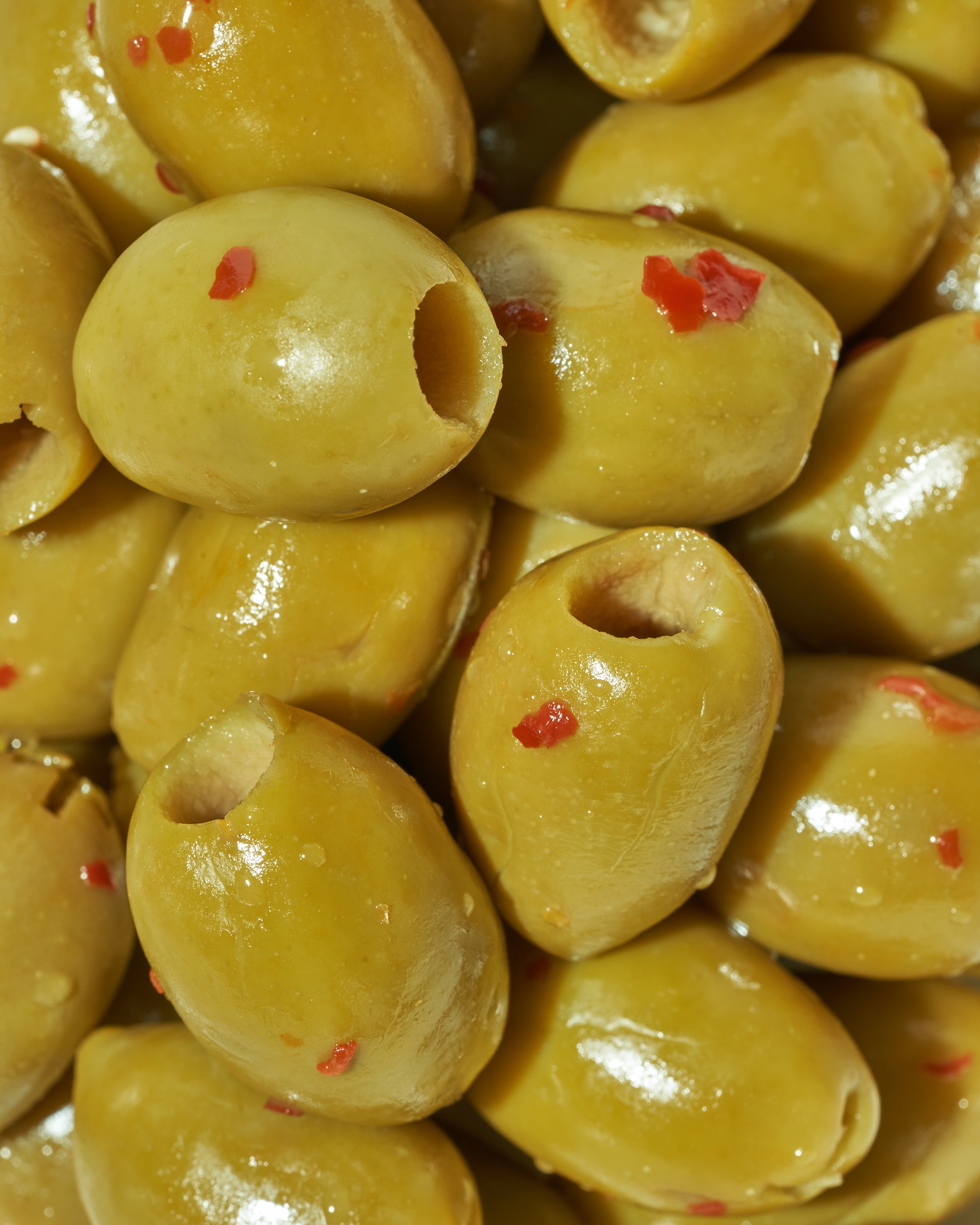9 Facts about Olives You Probably Didn't Know
From snacking to cooking, olives are quite common in our everyday lives, but how much do you really know about olives? Even if you already know some good healthy recipes with olives or maybe even a few different types of olives, you’ll enjoy these 9 fun facts about olives!
1: Olives change color as they ripen
Olives start out green and as they ripen they will change color from green to light brown to red or purple to a dark black. Even though olives will naturally ripen to a black hue, it takes a long time to reach this color, so the majority of the black “ripe” olives you see are picked when they’re green and cured with oxygen and chemicals to achieve their deep black color.
2: Olives are inedible right off the tree
While technically you can eat olives straight off the tree, you don’t want to. Raw olives are extremely bitter and have very different textures then their cured counterparts. The curing process removes the compounds that cause the extreme bitterness and gives an olive the soft and juicy texture we know and love!
3: 90% of olives become oil, 10% become table olives
The world produces about 20 million tons of olives every year! Green olives are most common for pressing into oil, but some commercial producers use a combination of green olives and black olives. The type of olives used can also depend on how many it takes to get a certain amount of oil as different varieties have a different oil content.
4: Olive trees as a species are between 20 million and 40 million years old
Fossils show that olive trees originated between 20 million and 40 million years ago in the area that is now Italy. It would take a while for us to begin to cultivate them as that only happened about 7,000 years ago in Mediterranean regions.
5: Average lifespan of an olive tree is between 300 and 600 years
Olive trees won’t produce olives until the tree is about 5 or 6 years old. It won’t hit its maximum olive production until after about 40 or 50 years. While production will eventually slow down, olive trees can continue to produce olives for their entire lifespan.
6: Some of the first eyeshadow was made using olive oil
By mixing olive oil with various things that produce color, like charcoal for black, a paint-like substance was made that could be used for both eyeshadow and eyeliner.
7: There are more olive trees in Greece then people
Greece has about 170 million trees, while the population is only about 10.4 million people as of 2022. There are only 7 countries that have populations greater than the amount of olive trees in Greece.
8: There are over 1,000 varieties of olives but only about 150 are regularly cultivated
Olive varieties are caused by several factors. Things like stage of ripeness when picked, curing process, and even where they are grown affect what type of olive is produced. Because there are so many variables we’ve figured out which ones work best for table olives.
9: Olives and olive trees are a symbol of peace and honor across many different cultures and religions
Historically olive branches were used as a symbol of honor. Over time the olive branch has kept its holy and honorable connotation but also gained the image of peace and power. The current flag of The United Nations even includes two olive branches around a map of the world.




